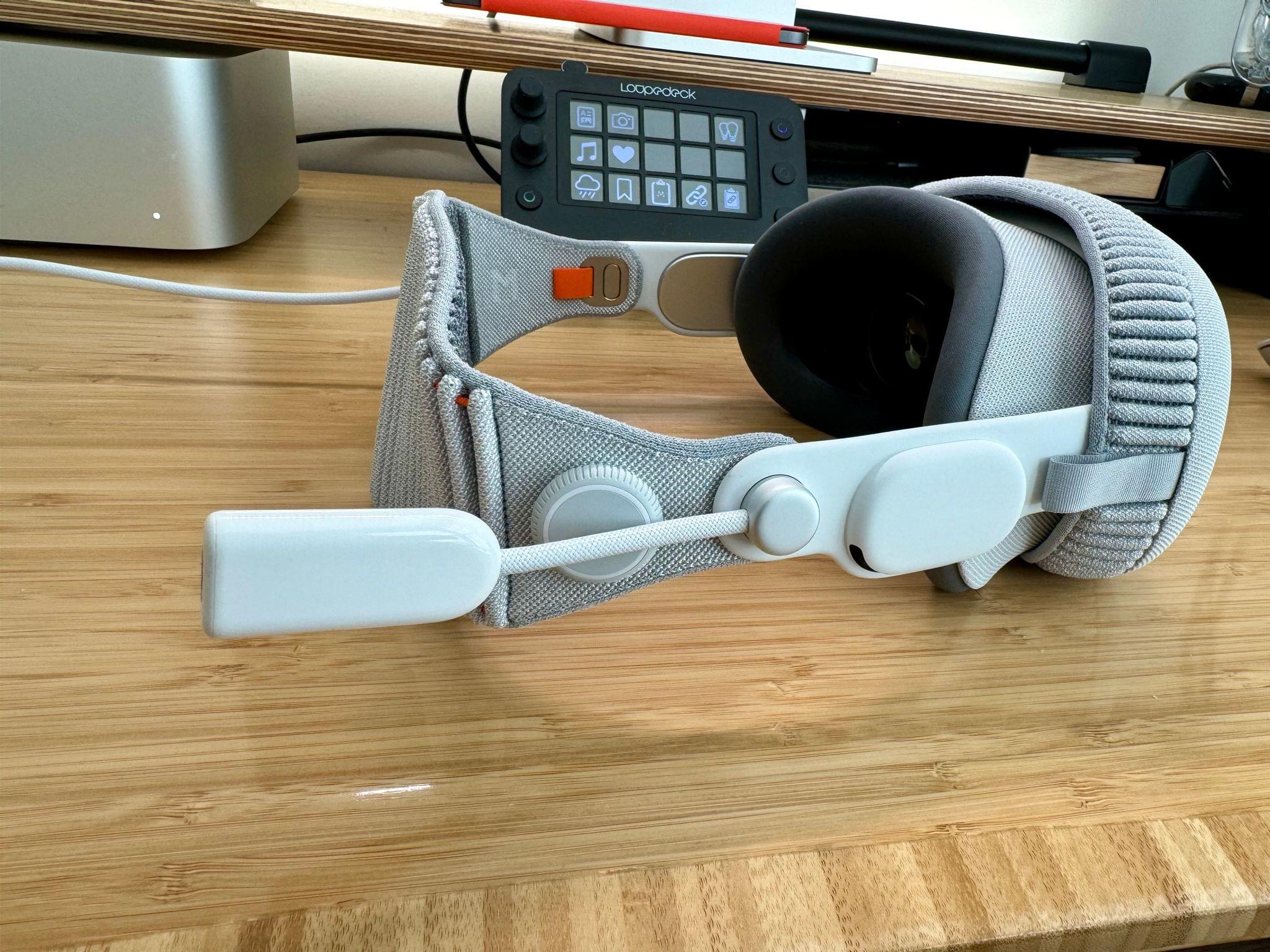The EU has decided that Apple’s iMessage service is not a core platform, meaning that it will not be subject to regulation under the Digital Markets Act (DMA). Jon Porter writing for The Verge:
The decision is the culmination of a five month investigation which the Commission opened when it published its list of 22 regulated services last September. Although it designated Apple’s App Store, Safari browser, and iOS operating system as core platform services, it held off on making a final decision on iMessage until an investigation could be completed. A similar investigation into iPadOS is ongoing.
In the same press release, the European Commission also decided against designating Microsoft’s Edge browser, Bing search engine, and advertising business as core platforms subject to the DMA.
As you may recall from our prior coverage, Apple’s Safari browser, App Store, and iOS are all subject to the DMA, but the EC deferred making a decision on iMessage. In the interim, Apple announced it would support the RCS messaging standard that will exist alongside iMessage in Apple’s Messages app and will include several features that previously were unavailable to non-iPhone users who messaged iPhone users. It’s likely that Apple’s decision to incorporate RCS, which the company says is coming later this year, and iMessage’s relatively small European market share played a role in the EC’s decision, although the reasoning behind the decision was not shared by EU regulators.











.](https://cdn.macstories.net/avp-layout-1-1707052612338.jpg)